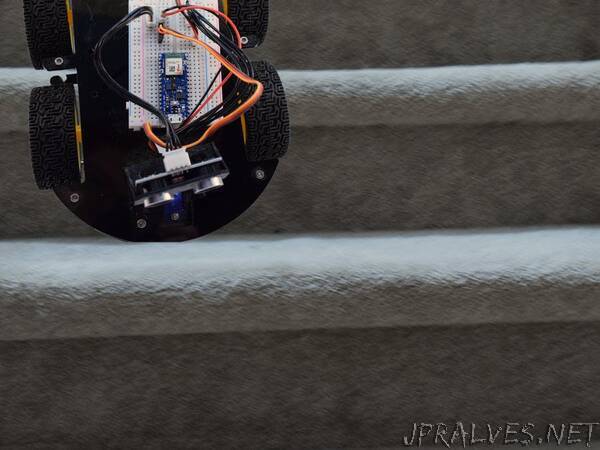
“How do you tell the difference between a fall and a sudden, normal movement? Train a machine learning model to detect when a fall occurs.
The Idea
Imagine creating a simple robot that can navigate around a room on its own using some kind of distance sensor. It does well at first, since it can dart between the legs of a table and avoid running into the wall. But there is a problem: it is prone to falling off the edge of the stairs. After falling down, it continues to attempt to run as normal, which wastes power and can cause more damage. Normal methods of checking if a fall has happened involves checking if an accelerometer has gone above a certain threshold, but this can give false positives. Instead, a model can be trained to recognize the difference between a normal movement and an actual fall with far greater accuracy than a simple threshold.
Why Is This Important?
This kind of technology has wider-reaching implications beyond just seeing if a robot has fallen down. Think of a product such as Life Alert. This could be greatly improved by making it run a basic ML model to more accurately determine if a person could be in distress. It could also be used in a field that deals with transportation of goods, as drivers or warehouse managers could be notified that a certain item has fallen and possibly been damaged during shipping.
The Robot
Designing a robot chassis from scratch and gathering the necessary components takes a long time and can become very costly. Rather, using a kit is a much faster and cheaper option. I went with one of Elegoo’s Smart Car V3 Kits, which contain everything needed for a robotic car, including motors, a motor controller, rechargeable batteries, and a servo mount. The kit is solidly constructed from laser-cut acrylic panels and milled aluminum pieces. If you’re curious about how to assemble it, you can view on of my other projects here.”
